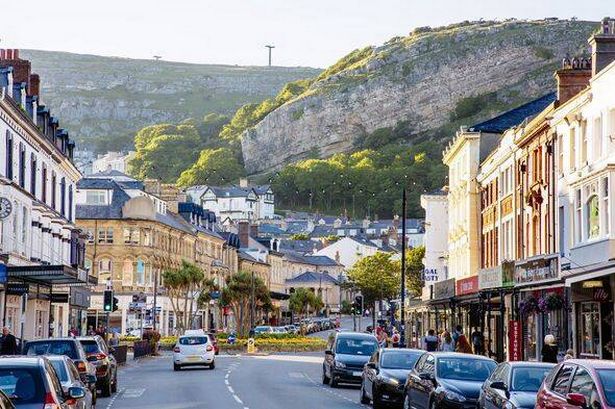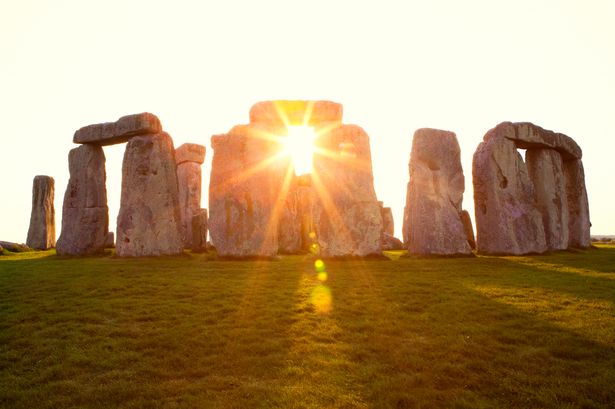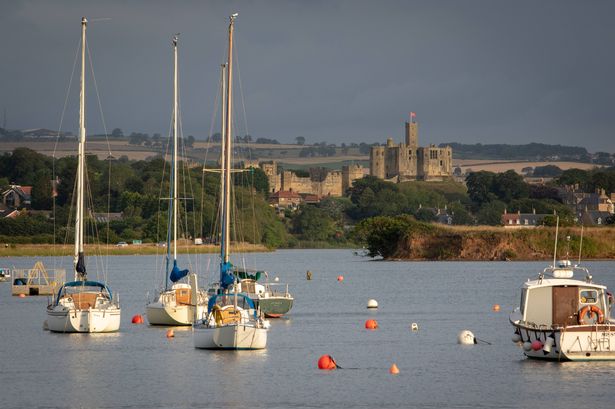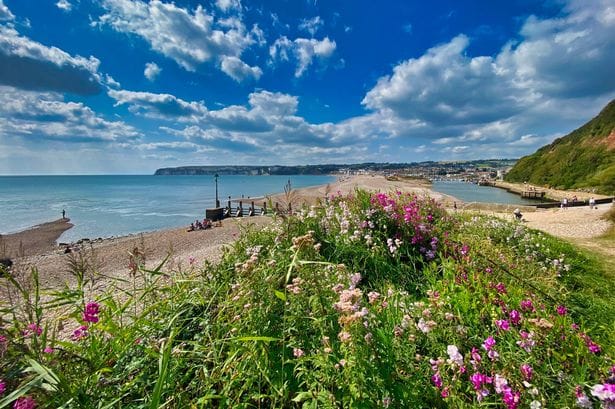With stone cottages, beautiful countryside and roaring fireplaces, the beautiful UK market town wouldn’t be out of place in the classic Christmas film The Holiday
I’ve always been captivated by the snug atmosphere of the classic Christmas film The Holiday, but I believed it would be nearly impossible to find a place that could mirror Cameron Diaz’s experience.
However, there’s one quaint market town in the UK that fits the bill perfectly. On a recent weekend getaway in the Yorkshire Dales, I visited the idyllic Middleham and was immediately taken aback by its charm.
The main cobbled street is adorned with a diverse array of antique shops, tea rooms and fish and chip shops, not to mention the beautiful stone cottages boasting picture-perfect flower pots and charming trinkets on their porches. Rose Cottage in The Holiday may be fictional (apologies for the spoiler), but the homes in Middleham certainly give it a run for its money.
The entire place feels as though it’s been preserved in time, and I mean that in the best possible way. I made a pit stop at the Castle Keep Tea Rooms where you’ll discover about 6 tables, a crackling fireplace and comfy armchairs.
The menu offered all the traditional breakfast items you could desire, some light sandwiches and some seriously scrumptious cakes baked on-site.
Everything is within walking distance, primarily because it takes about 10 minutes to traverse from one end of the town to the other; although be prepared for the hill!
The town, known as the childhood home of Richard III and the location of the historic Middleham Castle, is steeped in history. I decided to visit the English Heritage site, being the main attraction, and was pleasantly surprised.
The ruins are quite charming and impressive, and it’s easy to imagine how grand the castle must have been in its prime. If you dare to climb the winding staircase to the top, you’ll be rewarded with stunning views of the Yorkshire Dales National Park and the town below. (Adult tickets start from £9.50, more information can be found on english-heritage. org.uk). The ruins and the views give you a feeling of being in the Game of Thrones universe; I half expected dragons to fly overhead.
The town’s prime location on the edge of the Yorkshire Dales National Park makes it an ideal base for walkers; there are countless footpaths and trails around, and some fantastic pubs with low beams and roaring fires where you can enjoy a pint. (The Dante Arms was a particular favourite).
For families, Lightwater Valley Family Adventure Park is just a half hour’s drive away and offers a plethora of rides, rollercoasters and attractions for children aged 12 and under. We booked a group ticket which worked out at about £15 per person and were extremely impressed by what was included in the ticket.
When it comes to lodging, there’s a vast selection available. I was off to Middleham for a weekend getaway with mates, but since I live a few hours away from Yorkshire, I opted to book a snug cottage on Airbnb for one night to get the travel out of the way and savour the region.
The stone walls, plush furnishings, and delightful decor gave me serious ‘The Holiday’ vibes.
The following day, I made my way just down the road to Middleham House, which was ideal for our group of roughly 24 people. It’s no small task finding a pleasant base for such a large crowd, but the house didn’t disappoint with its massive living room, library, dining room, and roomy ensuite bedrooms. A crackling fireplace was also available, making it hard to pull myself away to actually do some sightseeing! You can learn more and book stays at themiddlehamhouse.com.









